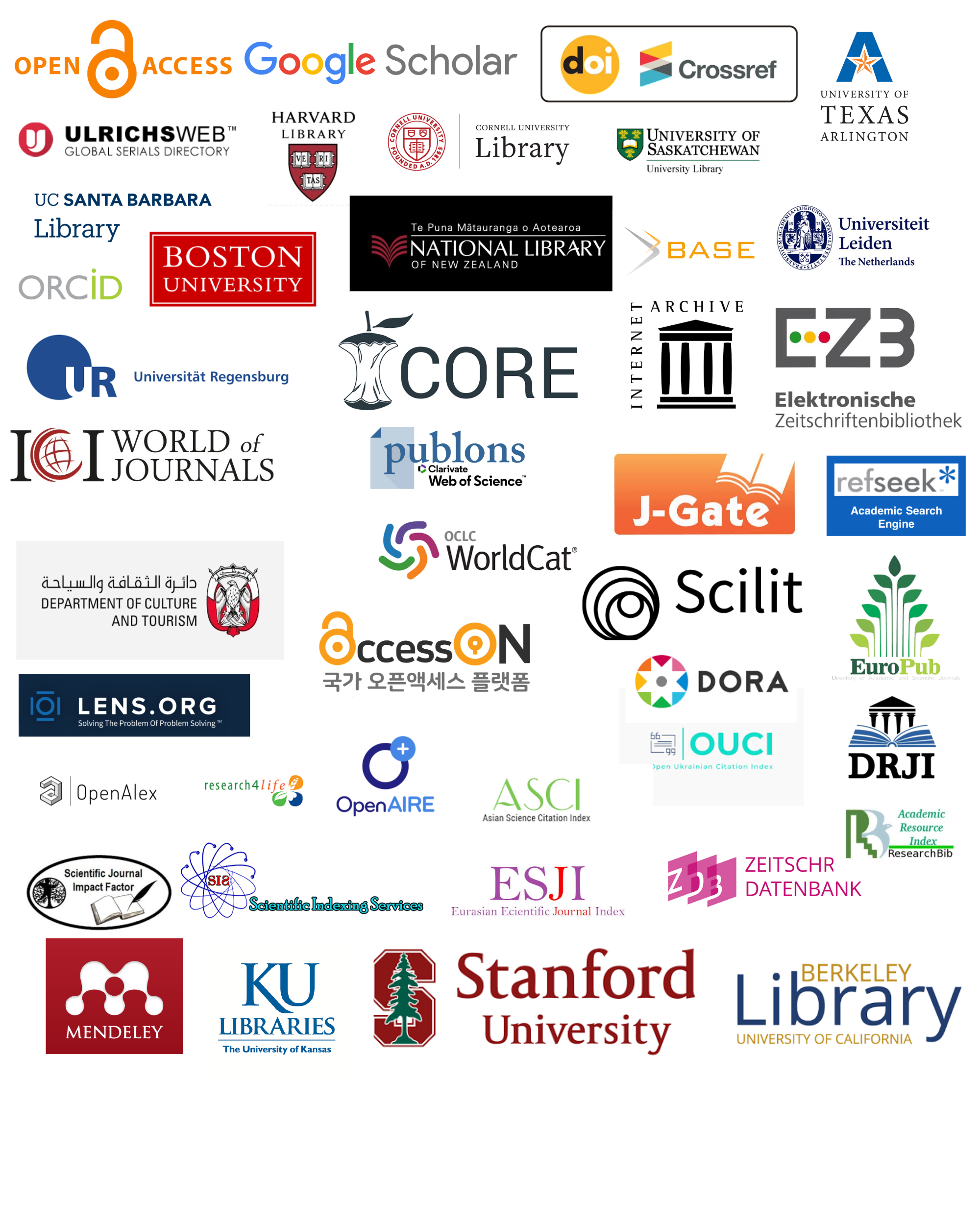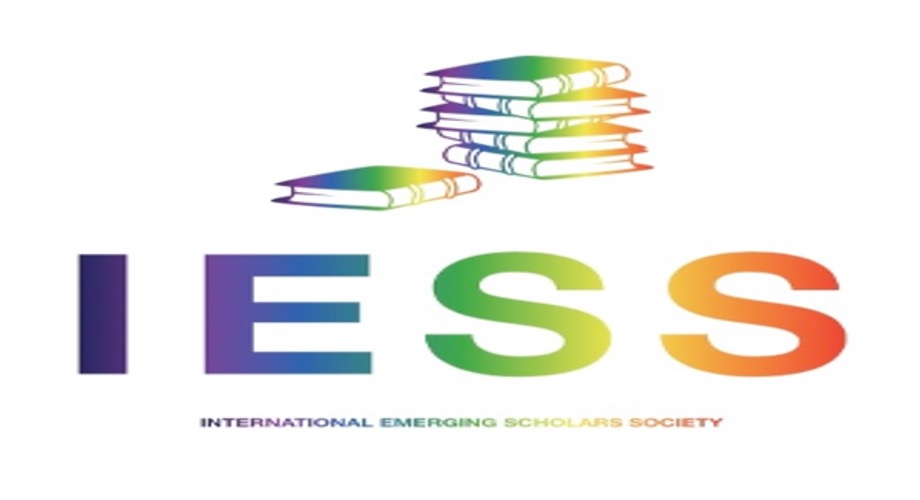Emergency and Disaster Logistics Processes for Managing ORs Capacity in Hospitals: Evidence from United States
DOI:
https://doi.org/10.56879/ijbm.v1i1.5Keywords:
Emergency and Disaster Logistics; Healthcare; Capacity; Operating Rooms (OM); HospitalAbstract
Hospitals and the concept of a healthcare delivery system are practically synonymous. Surgical services, emergency and disaster services, and inpatient care are the three main services they offer. Outpatient clinics and facilities are also available at some hospitals, where patients can receive specialty consultations and surgical services. What challenges do hospital administrators face when attempting to balance the supply and demand for medical services while preserving service quality and maintaining low prices? In what ways and to what extent has OM literature contributed to the resolution of these issues? What are the current trends in practice? What additional opportunities and challenges do they present to OM students? This study is an attempt by the authors to answer the aforementioned questions. Although service capacity could be measured by the number of physical and human resources employed, we chose to focus on the three primary types of services provided by hospitals.
Downloads
Published
Issue
Section
License
Copyright (c) 2022 Mohammad Heydari, Yanan Fan, Mahdiye Saeidi, Kin Keung Lai, Xiaoyang Li, Ying Chen, Jiahui Yang, Xinyu Cai, Xin Zhang (Author)

This work is licensed under a Creative Commons Attribution 4.0 International License.


